11 Things to Be Careful of in Isla Mujeres (Travel Safe)
Simple tips to keep your family safe while enjoying this beautiful island.
By David Araya | Updated January 29, 2023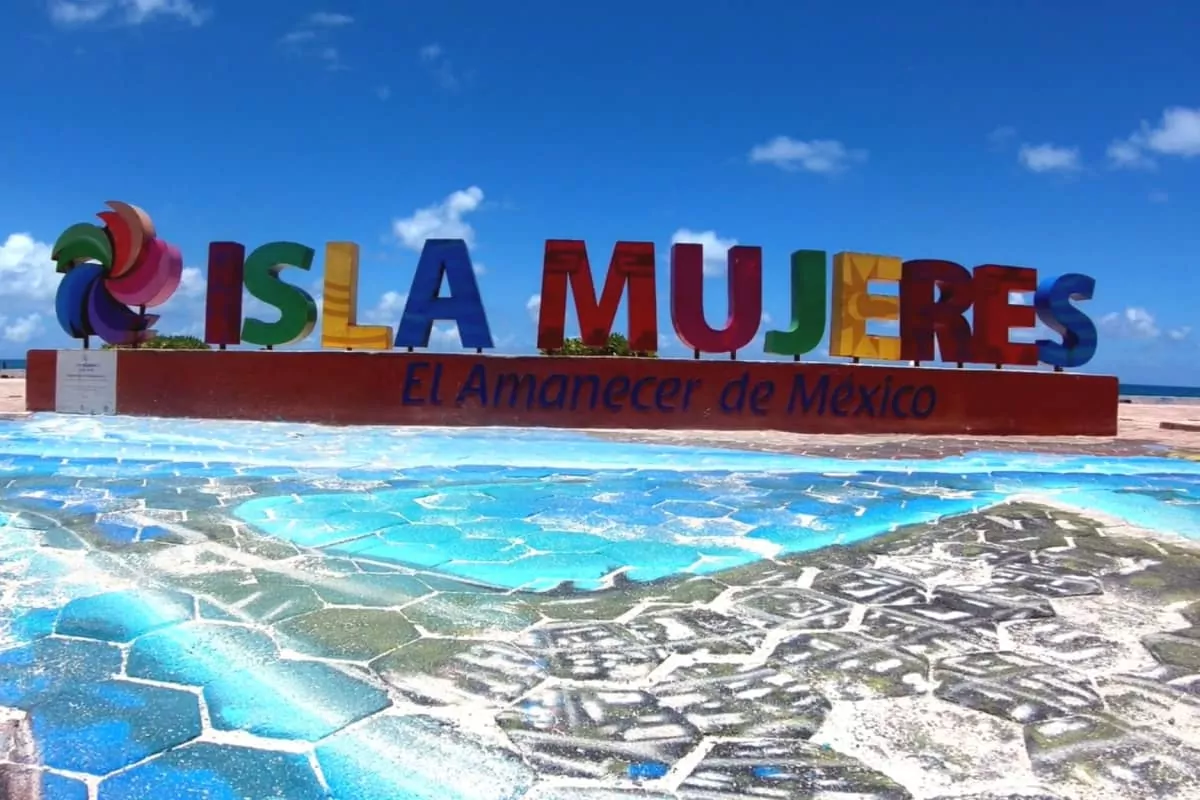
Isla Mujeres, a small island off the coast of Cancun, Mexico, is a popular vacation spot known for its beautiful beaches, crystal-clear waters, and vibrant culture.
However, as with any travel destination, it’s essential to be aware of potential safety concerns and take precautions to ensure a safe and enjoyable trip.
Whether you’re planning a relaxing beach vacation or an adventure-filled getaway, understanding the potential risks and how to mitigate them will help you make the most of your time on this beautiful island.
How Safe is Isla Mujeres?
Isla Mujeres is a safe tourist destination with very few occurrences of violence. The island enjoys a low crime rate, efficient emergency services, effective policing, strong laws and regulations, and a culture of mutual respect and trust between residents and law enforcement.
It’s not just one of the most beautiful destinations in Mexico, it’s also one of the safest.
But as with most tourist attractions, there are a few things to remember while visiting. Below, we’ll guide you through how to navigate the top problems visitors encounter on the island.
Things to Be Careful of in Isla Mujeres
1. Sunburn and heat exhaustion
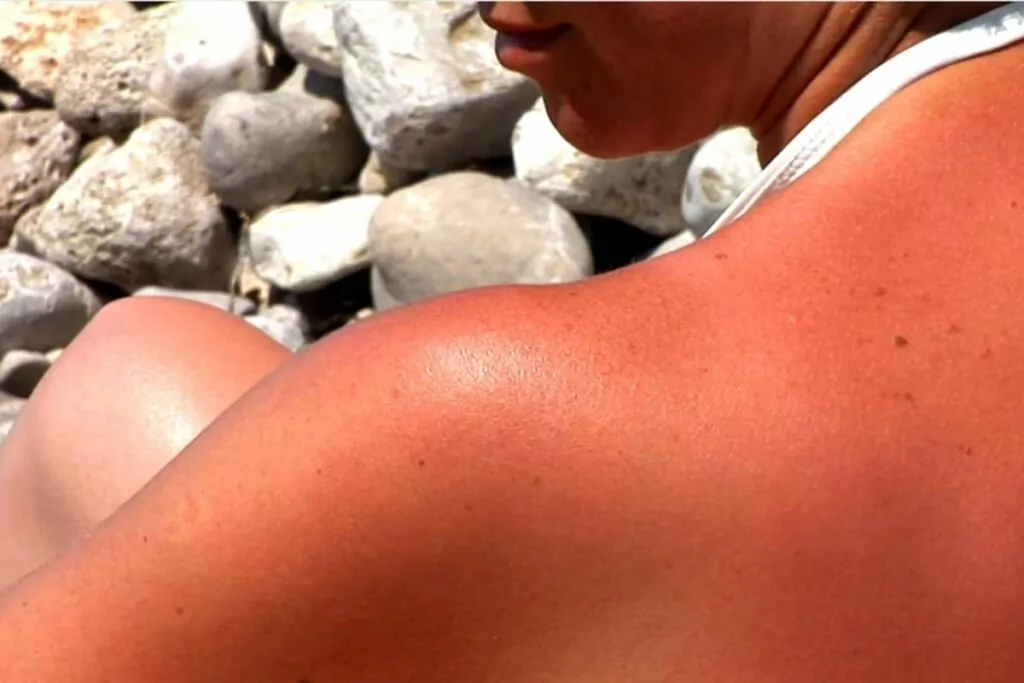
Being located in the heart of the Caribbean, Isla Mujeres can get sweltering hot and sunny.
Temperatures here vary depending on the time of year, but it generally ranges from the mid-70s to the mid-80s Fahrenheit (around 24 to 30 degrees Celsius).
In the summer months (May to September), temperatures can reach as high as 90°F (32°C) or more. The high humidity can make it feel even hotter.
Tips to avoid sunburn:
- Wear sunscreen with at least SPF 30 and reapply it every 2 hours, or after swimming or sweating.
- Wear protective clothing that covers your skin, such as long-sleeved shirts, pants, and a wide-brimmed hat.
- Seek shade during the hottest parts of the day, typically between 10 a.m. and 4 p.m.
- Wear sunglasses to protect your eyes from UV rays.
- Stay hydrated by drinking plenty of water.
- Be aware of the UV index by checking the UV index forecast and plan accordingly.
2. Mosquitos
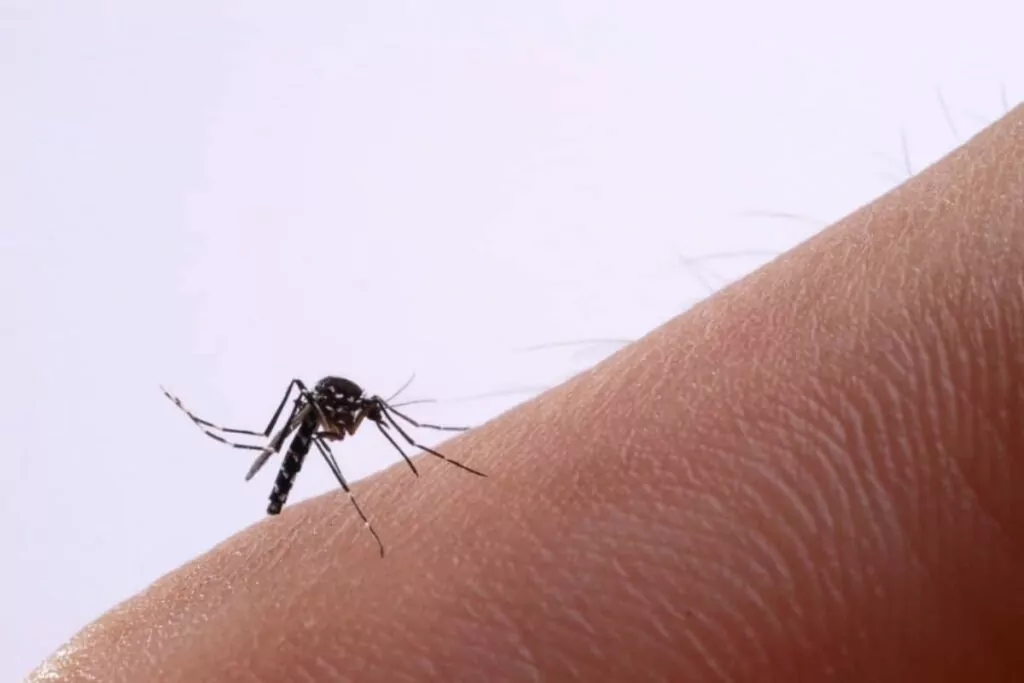
Mosquitos are common in all tropical regions. The mosquito population in Isla Mujeres is highest during the rainy season, which runs from May to October.
They can carry diseases such as dengue fever, chikungunya, and Zika virus.
Take precautions to protect yourself from mosquitos:
- Use an insect repellent that contains DEET, picaridin, or lemon eucalyptus oil on exposed skin and clothing.
- Wear protective clothing like long-sleeved shirts, pants, and closed-toe shoes to protect your skin.
- Stay indoors during peak mosquito hours (dawn and dusk)
- Keep windows and doors closed and use screens to keep mosquitoes out of your accommodation.
- Use mosquito nets to protect yourself while you sleep.
- Remove standing water, such as flower pots.
- Be aware of local advisories regarding mosquito-borne illnesses, such as dengue fever or Zika virus.
3. Jellyfish
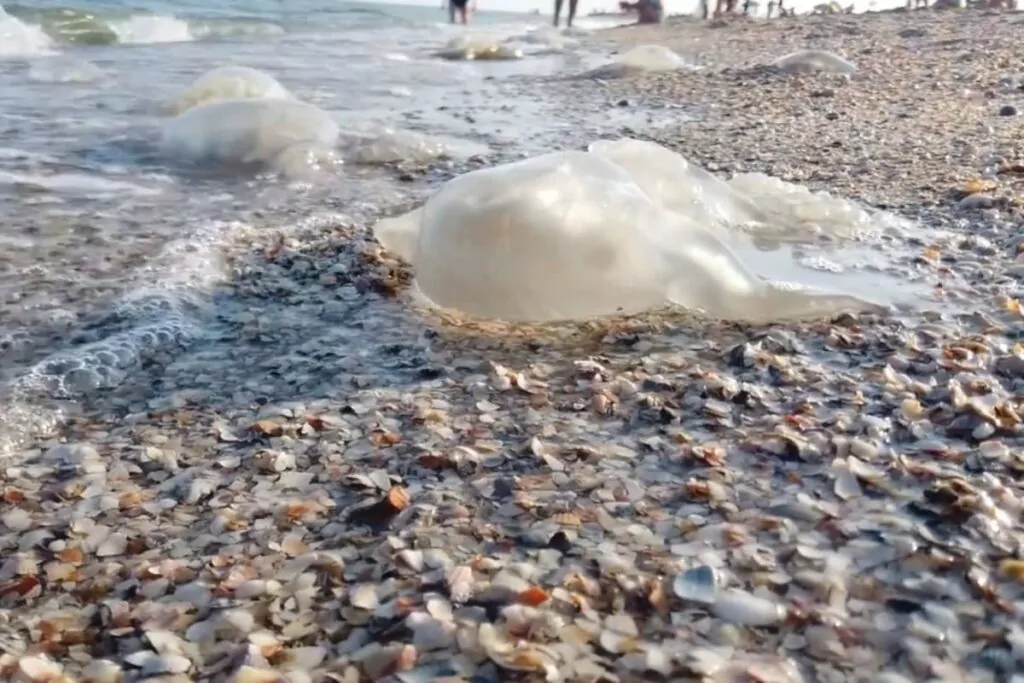
During the summer, jellyfish populations can increase due to warmer water temperatures.
Some species, like moon jellyfish, are not dangerous and have mild stings. However, other species, such as the Portuguese man o’ war and box jellyfish, have venomous stings that cause severe pain, and in some cases, even death.
If you get stung and experience a severe reaction, you should seek medical attention. Rinse the area with vinegar and remove any tentacles with a towel or credit card. Applying a cold pack or taking an antihistamine can also help to relieve pain and reduce swelling.
How to avoid the jellyfish in Isla Mujeres:
- Check for jellyfish warnings posted by local authorities or tour operators. They might close some beaches or areas when there is a high presence of jellyfish.
- Swim in areas with lifeguards because they are trained to spot jellyfish and will usually post warnings if they are present.
- Swim during the day when it’s easier to spot jellyfish. Many jellyfish are also more active at night.
- Wear protective clothing like a wetsuit or a full-body swimsuit that provides a layer of protection against jellyfish stings.
- Avoid swimming near floating debris: Jellyfish often congregate near floating seaweed or driftwood.
- Avoid swimming in murky water, where Jellyfish are harder to spot.
4. Strong currents
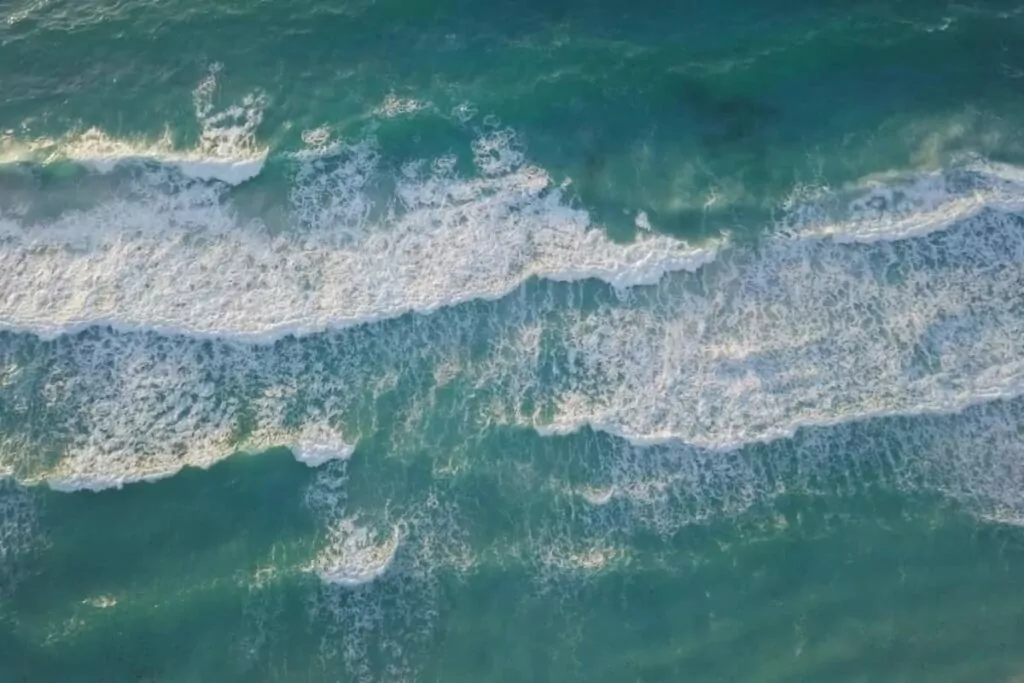
While most beaches in Isla Mujeres have gentle currents suitable for swimming, some have strong currents depending on weather conditions.
- Check for warning signs before swimming on a particular beach.
- Check the local weather forecast because strong winds or storms can cause currents to become stronger and more unpredictable.
- Pay attention to the tide conditions because tides can change the strength of currents in the water.
What to do if you get caught in a current:
- Don’t fight the current. Instead, swim parallel to the shoreline until you are out of the current, then swim back to the beach.
- Raise your hand and call for help: If you cannot swim out of the current, raise your hand and call for help to attract the attention of lifeguards or other beachgoers.
- Float or tread water. Another thing to do if you’re unable to swim out of the current is trying to float or tread water to conserve your energy.
- Keep an eye on the shore so you can orient yourself and swim back to safety.
5. Theft

Local authorities in Isla Mujeres take crime seriously and have a strong police presence in the tourist areas, which helps to keep the occurrence of theft low.
Still, pickpocketing and other petty crimes do happen, so it’s important to be aware of your surroundings and take precautions to protect your valuables.
- Keep your purse or wallet close to your body and avoid leaving valuable items in plain sight.
- Use a hotel safe to store your valuables in when you’re not using them.
- Don’t carry large amounts of cash: Use credit or debit cards when possible and only carry enough cash for your immediate needs.
- Make copies of important documents like passports, in case they are lost or stolen.
- Be aware of your surroundings, especially in crowded areas such as markets and tourist hotspots.
- Avoid isolated areas, especially at night.
- Use a locking mechanism on your bag to deter thieves.
- Be discreet. Don’t show off your valuables, and avoid wearing expensive jewelry or clothing.
- Be mindful of pickpockets, especially in crowded areas or on public transport.
6. Traffic
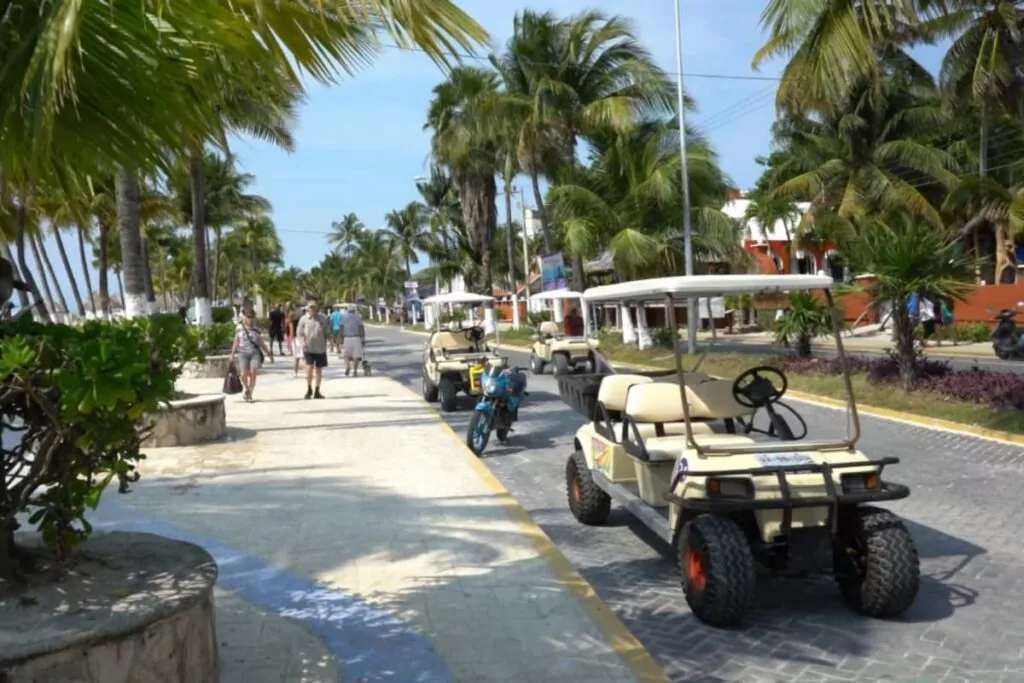
The traffic on the island is mostly composed of golf carts, motorcycles, and bicycles, making it a bit challenging for cars to navigate the narrow streets. If you prefer to avoid buses or taxis, I recommend you opt for a golf cart or bicycle instead of a car, especially since car parking is limited.
There are several ways to rent a golf cart or a bicycle on Isla Mujeres:
- Rent from local companies in the main town or near the beaches. They usually require a valid ID, a deposit, and a rental contract.
- Book a hotel that offers golf carts and bicycle rentals to their guests.
- Rent from street vendors on a daily or hourly basis.
- Look online for rental companies to compare prices and reserve in advance.
Research different rental companies and compare prices. Check the golf cart’s condition before renting it and ask about any additional fees, such as insurance or fuel costs.
- Always wear a helmet on a bike.
- Obey traffic laws and regulations.
- Be aware of the terrain, as the island can be rocky and uneven in some areas. More on this below.
7. Scams
As in any tourist destination, there are a few common scams that travelers should be aware of when visiting Isla Mujeres:
- Overpriced tours: Some tour operators may offer inflated prices or use high-pressure sales tactics to convince you to book a tour. Research and book tours in advance, and be wary of unsolicited offers, especially if they seem too good to be true.
- Fake goods: Be careful when purchasing souvenirs or other goods on the island, as some vendors may sell fake or counterfeit items.
- Taxi scams: Some taxi drivers may try to charge you more than the agreed-upon fare or take a longer route to your destination. It’s best to agree on a fare before getting into the taxi and to have a general idea of the cost of the ride.
- Time-share scams: Some people may approach you with a seemingly great deal on a time-share property, but these deals are often too good to be true, and you may lose your money.
8. Water Safety
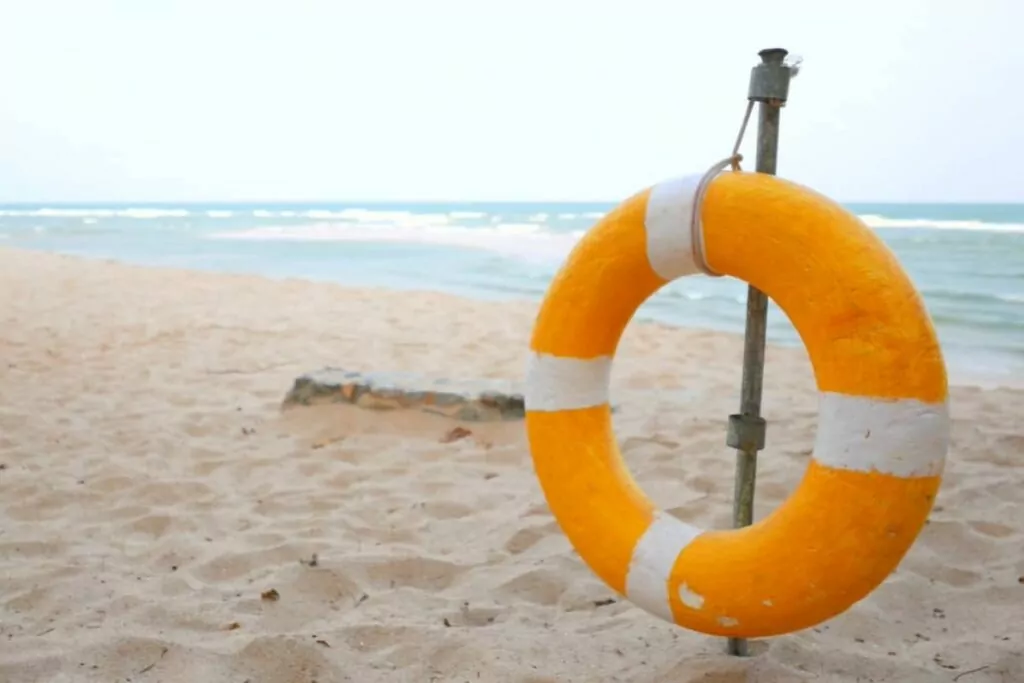
Keep in mind the following water safety rules and regulations:
- Check current weather conditions and waves, and never enter the water during inclement weather.
- Wear a life jacket if you’re not a strong swimmer or participating in water sports such as jet skiing or parasailing.
- Be aware of the location of the nearest lifeguard station or emergency phone.
- Be aware of any posted warning signs or flags indicating potentially dangerous conditions.
- Follow posted rules or regulations regarding swimming or water activities in a particular area.
- Be aware of marine life and never touch or feed wild animals.
- Use caution when swimming near boats or other watercraft.
- Be aware of your surroundings and never swim or participate in water activities while under the influence of drugs or alcohol.
9. Uneven terrain
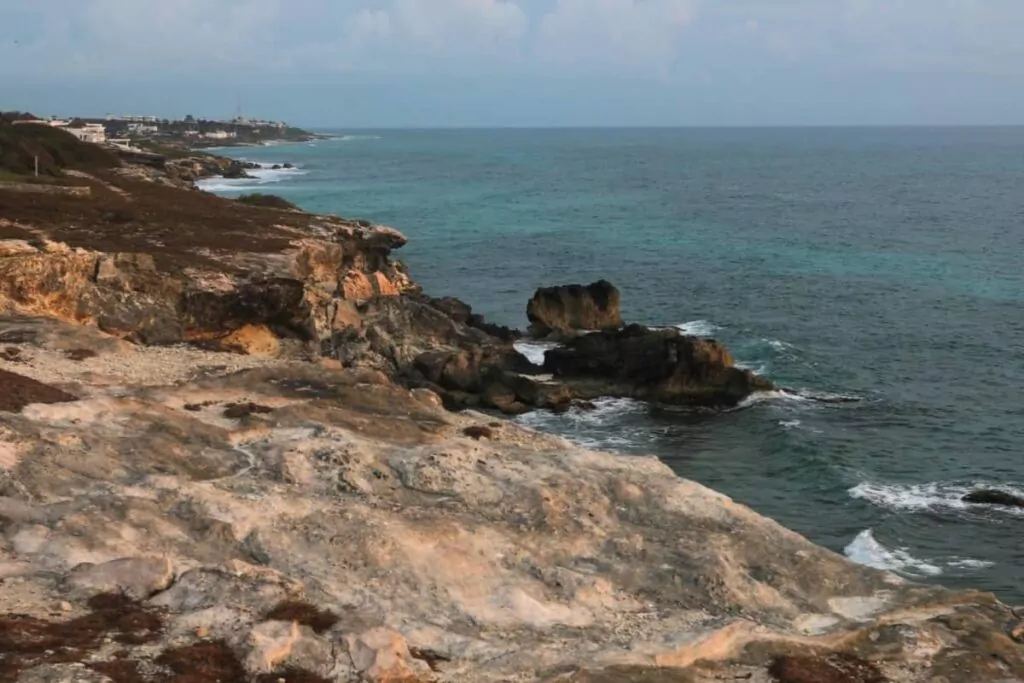
The terrain in Isla Mujeres is a combination of both rocky and flat. The island is mainly composed of limestone rock, which is low-lying and flat. However, some areas of the island have a rocky shoreline, especially on the northern side of the island.
The rocky shoreline can be found on the cliffs and coves along the coast, which can be good for snorkeling or diving.
When traveling on uneven terrain, take the following safety precautions:
- Make sure to wear shoes with good traction to provide stability on uneven surfaces. Avoid wearing open-toe shoes or sandals, as they can provide less protection and stability.
- Be mindful of your surroundings and watch where you are walking. Pay attention to the surface and be aware of hazards such as rocks, holes, or loose gravel.
- Take your time and move at a slower pace on uneven terrain. Rushing can increase the risk of a fall.
- Wear appropriate clothing for the weather conditions and bring enough water and snacks. Sunscreen is also recommended.
- Stay on designated trails and avoid disturbing the wildlife or vegetation. Leave no trace behind.
- Be aware of and obey any safety signs or markers. They are there for your safety and the protection of the environment.
10. Not respecting local culture
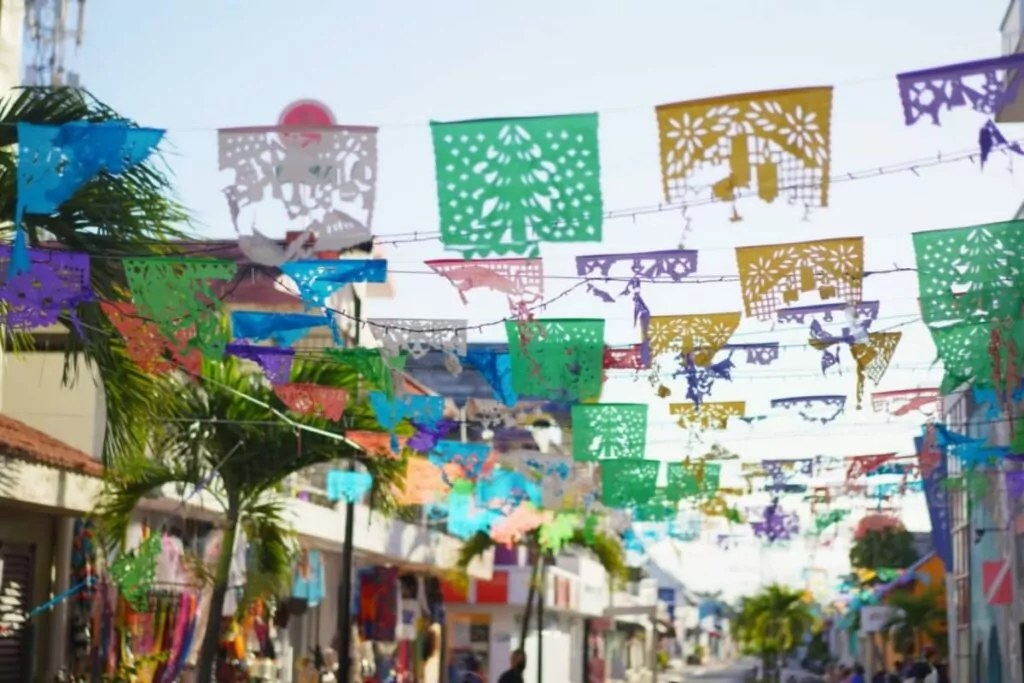
The island is shared by tourists, locals, and expats all living in Isla Mujeres. Keep in mind the following customs::
- Respect for traditions: Isla Mujeres is home to many traditional Mayan communities, visitors should respect their customs and traditions, such as avoiding taking photographs of sacred sites or ceremonies without permission.
- Dress code: Dress modestly, especially when visiting religious sites or small villages on the island.
- Greetings: In Mexico, it is common to greet people with a handshake or a kiss on the cheek.
- Tipping: Tipping is common in the service industry, it is appropriate to tip between 10-15% in restaurants, and $1-$2 per bag for hotel and airport porters.
- Bargaining: Bargaining is common in markets and street vendors, but it’s not expected in shops or restaurants.
- Festivals: Isla Mujeres is home to many festivals and events, particularly around the time of the Mayan calendar, such as the Spring Equinox and the Day of the Dead. Stay mindful of these events and respect the local customs and traditions.
11. Natural Disasters
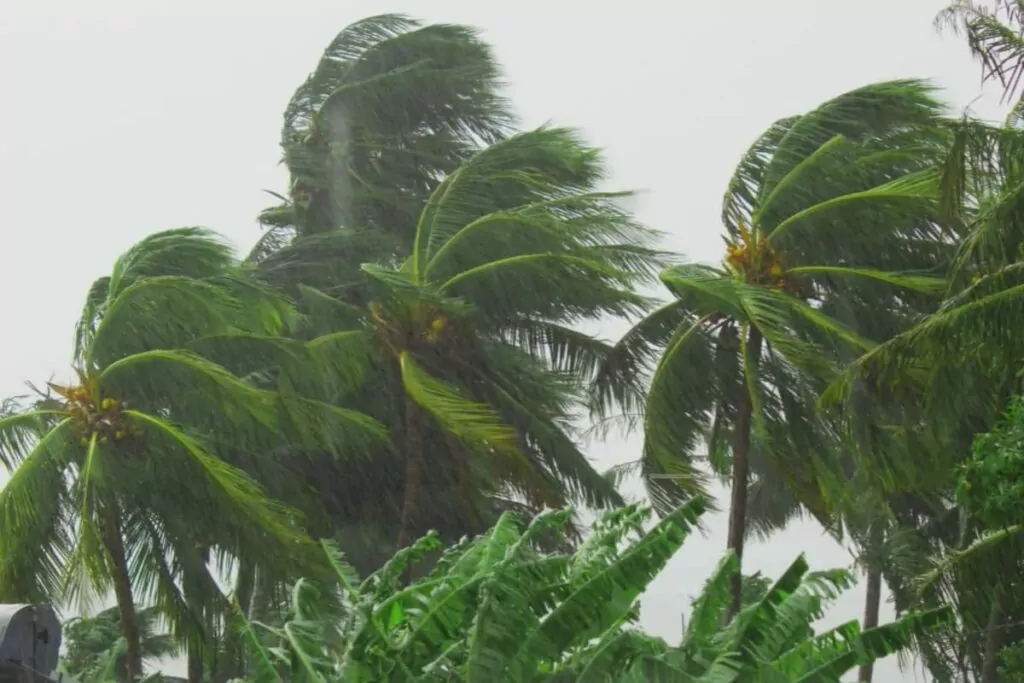
Being located in the Caribbean Sea, Isla Mujeres is subject to hurricanes and tropical cyclones during the Atlantic hurricane season, which runs from June to November.
The island can also experience severe weather, such as heavy rains, flooding, and high winds.
That’s why it’s a good time to visit Isla Mujeres during the dry season.
But if you do visit during the rainy season, here are some steps you can take to prepare:
- Check the forecast before your trip and be aware of any potential weather hazards.
- Plan for where you will go in case of an emergency, and make sure your hotel or rental property has a plan as well.
- Research evacuation routes and familiarize yourself with the local emergency warning system.
- Get travel insurance that covers natural disasters, so you can be reimbursed for any losses or expenses incurred.
- Keep important documents with you, such as passports, IDs, and important contact information.
- Stay informed about the weather conditions and follow the advice of local authorities, including evacuation orders.
- Be ready to change your plans if the situation warrants it, and be ready to leave the island if necessary.
Written by David Araya

David Araya is an Isla Mujeres resident of many years. He is a husband and Co-founder of the “Cooks for an Island Cause” and “Toys + ‘Tings” non-profit organizations. He is also the host of ShakerSation. Follow David on Instagram @araya_bartekniks